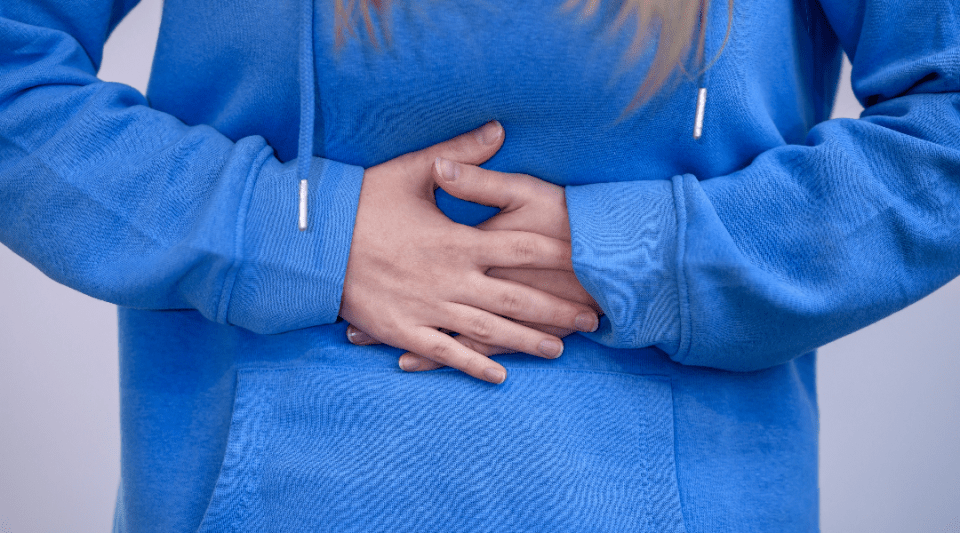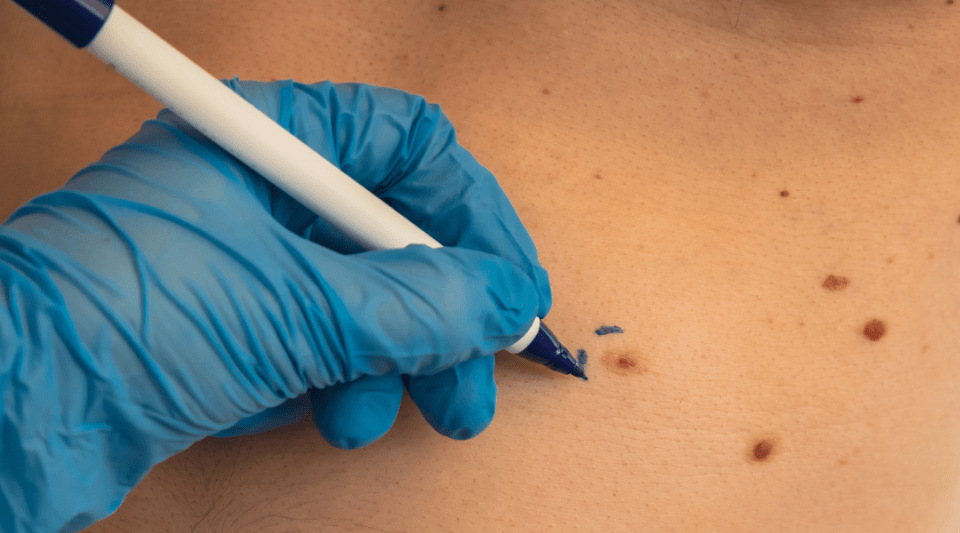Small intestinal bacterial overgrowth (SIBO) is the abnormal presence of bacteria in the small intestine. These bacteria are normally found in higher concentrations in the colon. When carbohydrates or sugars are ingested, bacteria carry out a fermentation reaction in the small intestine itself, which produces an excessive amount of gas that causes symptoms. However, other diseases and other imbalances in intestinal microbiota can also cause similar symptoms.
The intestine normally contains bacteria and other microorganisms that live in balance in variable quantities, which is known as the microbiota. When this balance is upset, an alteration of the intestinal microbiota (dysbiosis) occurs. This alteration of the microbiota can happen for different reasons, such as dietary restrictions or the use of antibiotics. One type of dysbiosis is SIBO.
The most common discomforts of SIBO are abdominal distension (increased abdominal perimeter), abdominal bloating (perception of heaviness), heavy digestion, increased gas, heartburn, diarrhoea and constipation. However, other diseases such as irritable bowel syndrome and dyspepsia, among others, also have very similar symptoms.
How is SIBO diagnosed?
For the diagnosis of SIBO, the most specific test is via a culture of the fluid from the intermediate zone of the small intestine, the jejunal part. However, it is necessary to perform a gastroscopy to achieve this, which is an invasive procedure. To avoid subjecting the patient to this procedure, there is another indirect determination method that is the most commonly used today.
This procedure consists of determining the amount of hydrogen and methane in the breath, as these are gases produced by bacteria during fermentation. To determine if there is an excessive production of these gases, the composition of the breath on an empty stomach is compared with 120 minutes after ingesting carbohydrates.
Another indicator that can help determine if it is SIBO or not is the type of patient. SIBO is more prevalent in certain people, such as patients with type 1 and 2 diabetes, with stomach or intestinal interventions, celiac disease or disorders of the gut-brain axis.
How is SIBO treated?
To treat SIBO, it is necessary to control the underlying causes. For example, in patients with diabetes and SIBO, blood sugar control is very important before starting treatment of SIBO.
Most patients require some modifications to their diet for a short period of time, to prevent other imbalances in the microbiota. In patients with long-standing diarrhoea and poor nutrient absorption, the cause needs to be treated and nutritional deficiencies corrected. Oral antibiotics can be used for this, in short regimens or cyclically.
Although SIBO has become better known among the public in recent years, you should go to a health professional to determine whether the symptoms are caused by SIBO or another disease. If it is not SIBO, self-medicating or self-treatment before a diagnosis can worsen the symptoms or the course of other diseases.
Author:
Dr Elizabeth Barba, gastroenterologist at the Gastroenteroloy Service of the Hospital Clínic, Barcelona.






